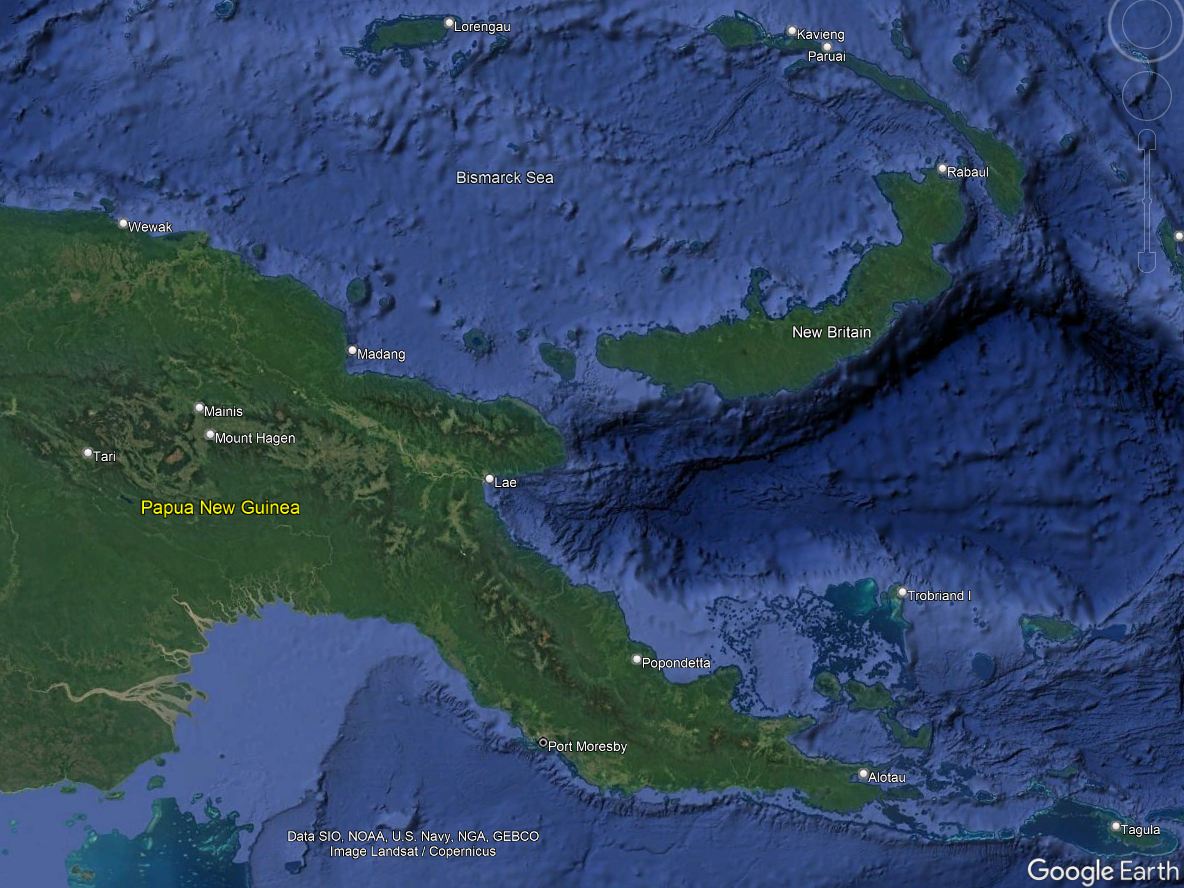
Papua New Guinea (PNG) is home to one of the largest mangrove habitats (6% of the world’s mangrove area), which plays a crucial role in coastal protection, carbon sequestration and supporting biodiversity and livelihoods. With such an extensive mangrove cover, monitoring at scale is invaluable for sustainable mangrove management (conservation, protection and restoration). While remote sensing technologies such as satellite imaging, aerial photography, Unmanned Aerial Vehicles (UAVs) and LiDAR integrated with ground surveys have gained widespread use and recognition for mangrove conservation and blue carbon assessments across many mangrove-rich Asia-Pacific countries, their application in PNG remains underrepresented, especially in the scientific literature. This limitation is often due to challenges related to natural factors such as inaccessible terrain, dense forest canopies, and frequent cloud cover that hinders accurate data collection using remote sensing tools. However, there is also a lack of understanding around how remote sensing-based mangrove mapping, health monitoring and blue carbon assessment in PNG is deeply intertwined with political, cultural, social and economic factors. In this regard, we explored how remote sensing-based mangrove ecosystem assessment is hindered by i) human-related challenges (including culture and social complications, political instability and ongoing conflicts, economic and financial barriers, and infrastructure hurdles) and ii) nature-based challenges (including climate limitations, environmental issues and wildlife concerns). Furthermore, our study provides practical recommendations to overcome specific challenges in applying remote sensing technologies for mangrove conservation in PNG – which can also guide similar efforts in countries with distinct social landscapes like Fiji, Solomon Islands and Vanuatu – focusing on community engagement, ecosystem protection and public health. By integrating remote sensing into conservation, we encourage foresters, researchers and policymakers to adopt more innovative, tech-driven approaches to mangrove conservation, adapting to the unique socio-political dynamics of each region.












